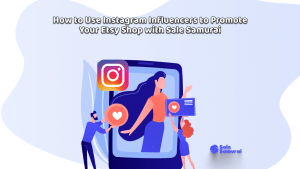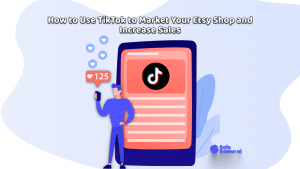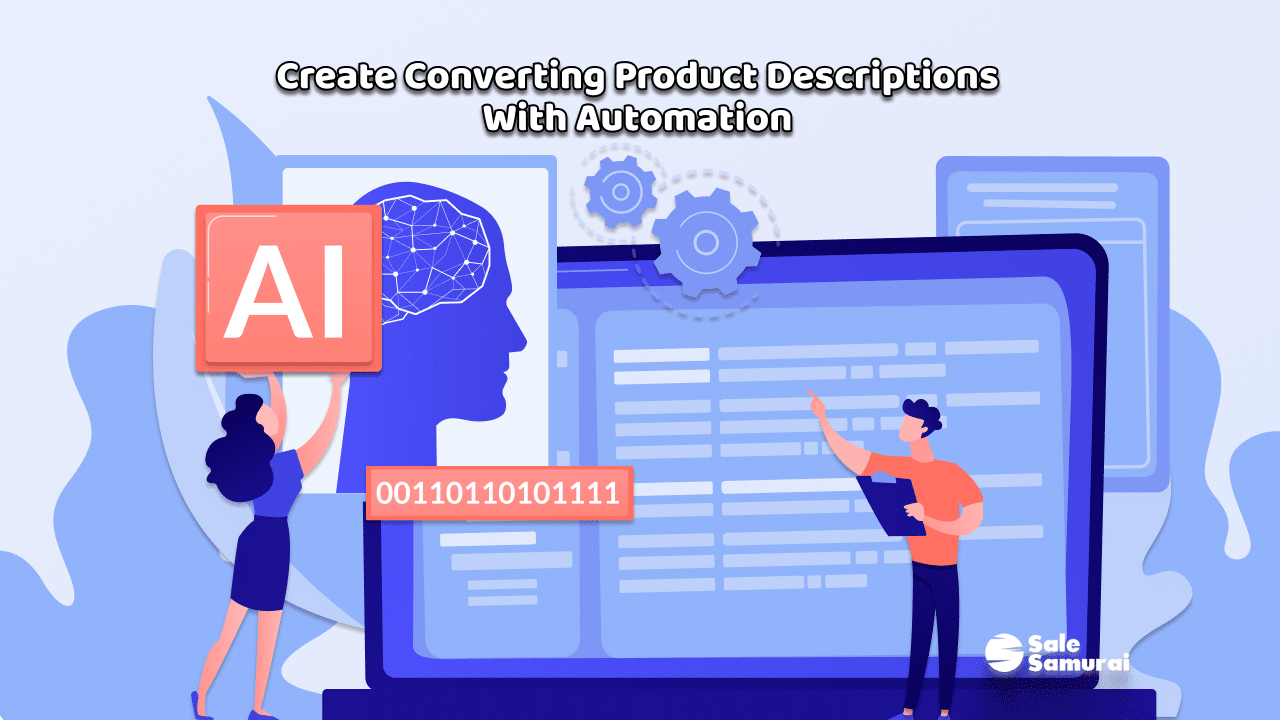
Creating compelling product descriptions that engage and convert buyers on Etsy, and using AI to do so
It really doesn’t matter what you are engaged with on TV or the internet today, you’re going to come across “AI”, and lists of reasons why you should fear it and how horrible it all is. And while you will see major industries arguing over very specific uses of the technology (and with valid reasons), what does it really mean to you as an online merchant? Well, to be clear, really nothing. It’s not going to hurt you, it’s not coming to take your business away. In fact, quite the opposite is true, especially if you are a seller of items that need descriptive terms.
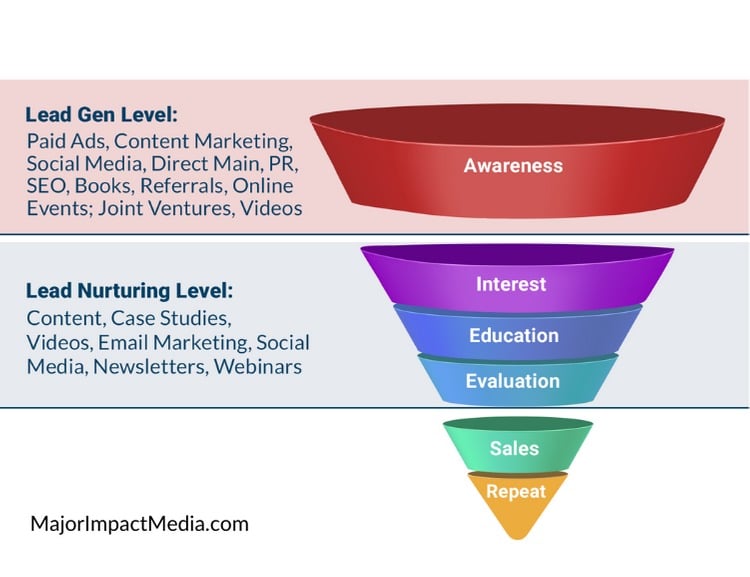
A TOOL TO HELP PERFECT YOUR LISTING STRUCTURE
Let’s face it, not everyone is Stephen King. You’re not selling shirts by day and moonlighting as Tom Robbins or Anne Rice at night. Although some creative sellers are also skilled at creating alluring copy for themselves, this is not always everyone’s cup of tea. In fact, many people stress over this. This is where AI can actually be your friend. To attract and close Etsy customers, you need to write captivating product descriptions. Artificial intelligence (AI) can be a helpful tool for crafting interesting descriptions even if you don’t have great writing skills. So here are some ways to improve product descriptions with AI to increase sales.

LET AI SUGGEST IMPROVEMENTS, NOT WRITE FOR YOU
To begin with, keep it brief and easily digestible; consumers reading product descriptions online tend to do so quickly, so less is usually more. Make use of automated systems to draft bullet points or concise paragraphs. Use headings like “specifications” and “proper usage” to organize the information so that it can be quickly skimmed.
Make use of persuasive language by having AI produce potent words and phrases that evoke emotions like joy, want, or urgency. Use attention-grabbing language by loading it up with verbs, adjectives, and specific keywords. It will do well on its own, but with you pushing its envelope, you might get more tailored versions of an end product. And you can always further enhance such things yourself, using the AI suggestions as a basis.

PERSONALIZATION AND TONE CANNOT BE CREATED ARTIFICIALLY
It’s important to also realize who you’re writing for, and what you want them to experience. Think about who you want to read the things you write before you start. What motivates them, what do they lack, and what concerns them the most? Make sure your explanations will hit home with them. Make it real and personal, make them want to engage further with you in this. Even if you just need the AI to get up past that first hurdle and run with it on your own after that, you’ve already gotten ahead of the game.
As we have mentioned in other articles, always keep your brand’s tone constant; establish the voice and tone of your brand, and maintain consistency when describing products. Artificial Intelligence can help you keep your brand’s voice consistent across all of your product listings.

USE AI TO REFINE YOUR PRODUCT ATTRIBUTES
Make use of AI to come up with a list of your product’s most important characteristics and feature those distinctive aspects, and pay attention to what makes your product unique (VERY important). Focus on how it will help the buyer out and how their life will be better off as a result. Make use of narrative approaches; AI can help you come up with interesting stories to tell about your products. Create an engaging narrative about your product that strikes a chord with readers.
To improve your ranking in search engines, you should conduct keyword research for your product using AI-powered tools and platforms. To boost your SEO, sprinkle these terms and phrases naturally throughout your descriptions. In this way, potential customers may more quickly locate your stuff. Analyze the outcomes of an A/B test: Compare the efficacy of several AI-generated descriptions. To learn which product descriptions work best, you should examine data like click-through rates, conversion percentages, and average time spent on product pages. Improve what you are doing by collecting data and testing hypotheses.
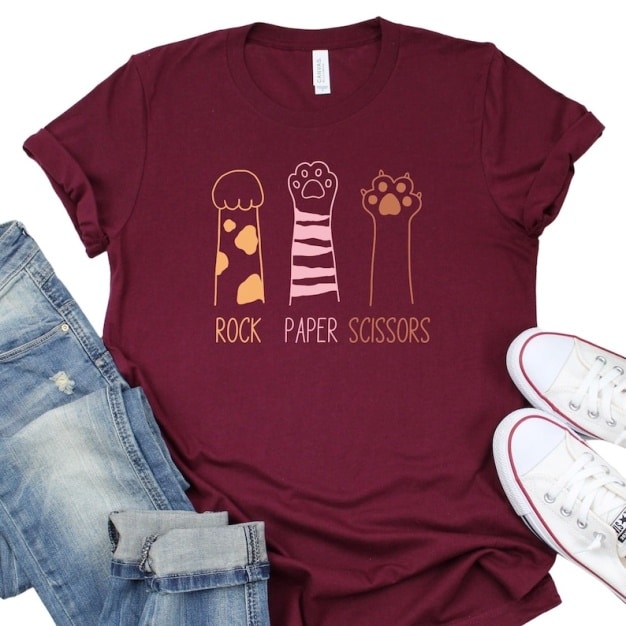
WE TRIED IT OURSELVES!
Still not convinced? Well, to prove the points we’re making, your author took a very standard description of a generic item likely to be found on any merchandise platform and ran it through an AI to get some copy. After entering “Fancy Cat T-Shirt in red and black” and nothing else, here is a small piece of what we got back in less than 10 seconds:
“Introducing our Fancy Cat T-Shirt, a stylish and playful addition to your wardrobe! This eye-catching tee features a captivating design in vibrant red and black that is sure to make a statement. Let your feline spirit shine with this purrfectly charming piece.
Our Fancy Cat T-Shirt is crafted with the utmost care and attention to detail. The high-quality fabric ensures a comfortable and breathable fit, making it suitable for everyday wear. This artistic fusion captures the essence of elegance and individuality, making it a must-have for cat lovers and fashion enthusiasts alike. It’s the perfect way to express your passion and showcase your personal style.
Available in a range of sizes, our Fancy Cat T-Shirt caters to all cat lovers, ensuring a comfortable fit for everyone. Make a bold fashion choice and embrace your inner feline with this captivating red and black tee.”
As you can see from the above, it’s quite generic and might not exactly match what that item is in reality. It feels a bit robotic as-is, but it’s pretty darn close and is a great framework for sellers to augment to make it perfectly fit the actual item they are selling. So you can see that while AI can help generate content, it is also important to examine and edit the results to ensure they are consistent with the brand’s voice and tone. The descriptions provided by AI should act as a template that may be modified to better communicate your brand’s mission and values. AI is not a writer, and really won’t ever be, but it’s a tool like any other to use to help you get the results you want to see for your online merchandising business.

